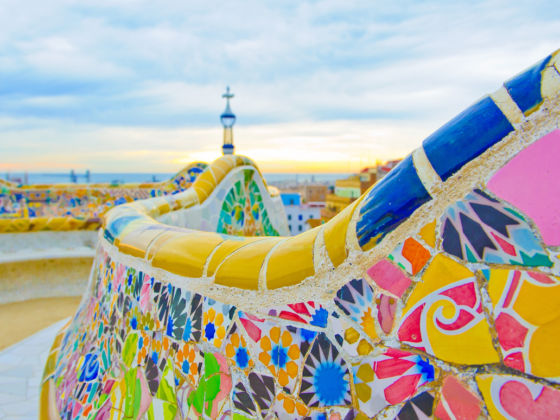You can’t step out more than a few feet in Barcelona without seeing art in some form. After all, this is the home of Antoni Gaudí, one of the most famous architects to ever live. Gaudí’s Sagrada Familia and Park Güell aren’t the only pieces of art worth seeing, though. Go for a walk pretty much anywhere and you’ll stumble along beautiful plazas, galleries, museums, and quirky sculptures. From vibrant street art to medieval architecture to lesser-known Gaudí works without the crowds, here is some of the incredible art that you need to lay eyes on.
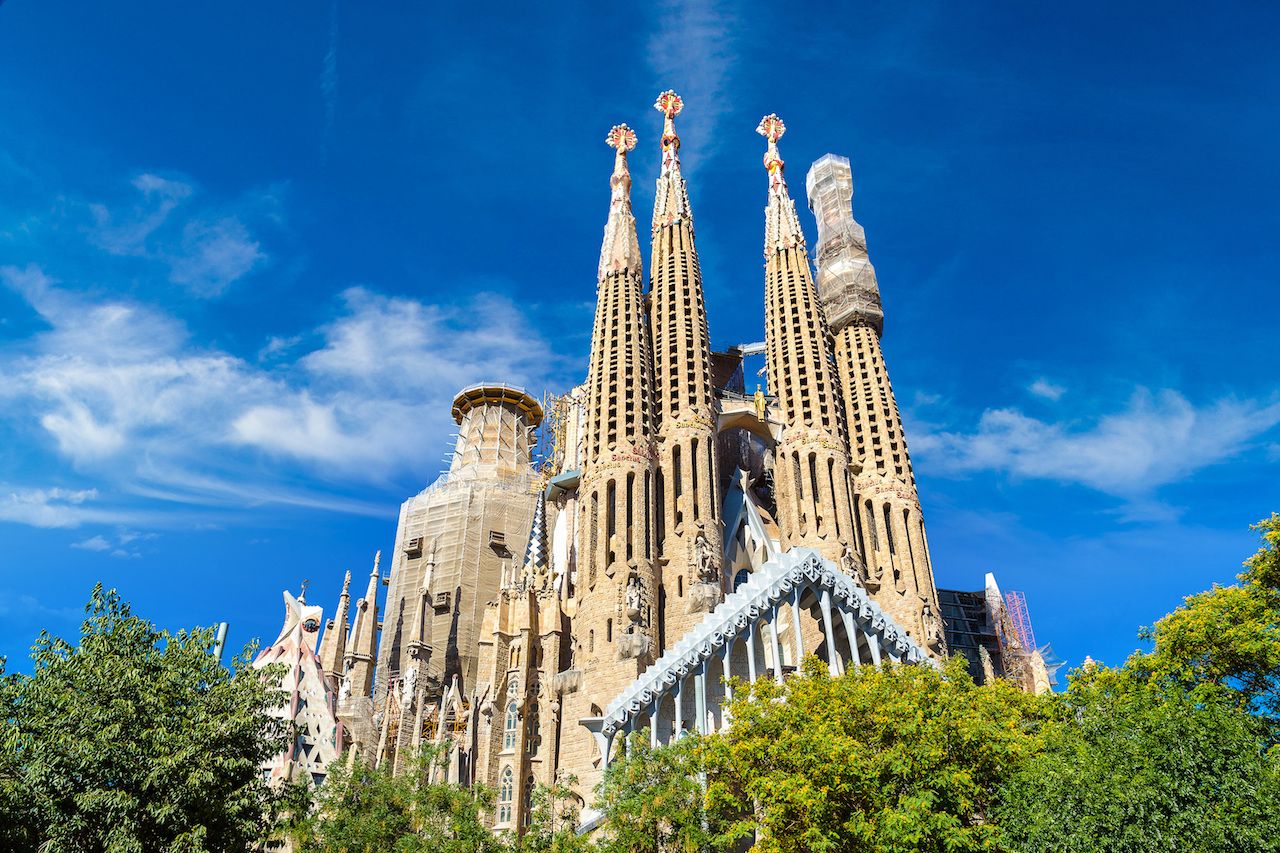
Photo: S-F/Shutterstock
Sagrada Familia — We have to start here, as no guide to Barcelona would be complete without the city’s most popular structure ever created. This is no run-of-the-mill, stained-glass Catholic church. Gaudí’s Sagrada Familia is filled with interesting sculptural work, mixing Gothic styles, curvaceous Art Nouveau aesthetics, and Gaudí’s own, unusual vision. Impressive both on the outside and inside, this is a must-see for architecture enthusiasts. The building has been under construction for decades, and the completion date keeps moving up (it’s currently estimated to be finished in 2028). At this point, the scaffolding is part of the charm. Buying tickets in advance is highly recommended, as the wait can be quite long.
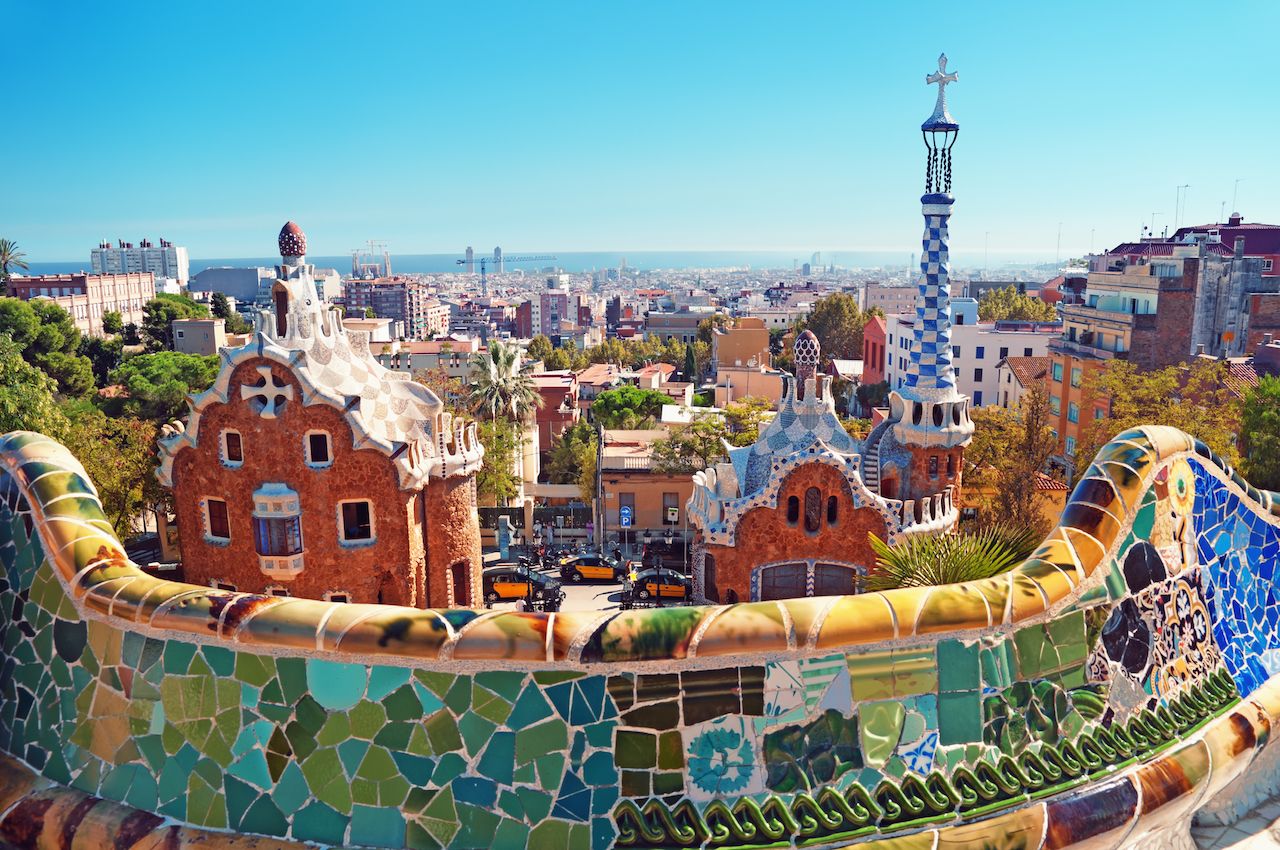
Photo: r.nagy/Shutterstock
Park Güell — What was meant to be a gated neighborhood for rich Barcelona families is now a treasured open-air museum to the public. Also designed by Gaudí, Park Güell has colorful mosaics, twisting chimneys, and an iconic mosaic lizard to pose with (actually, he’s a dragon, and he probably doesn’t take kindly to the belittling misnomer). The hilltop views of the city are incredible here. While the grassy part of the park is free to enter, you need tickets to get into the main section, and space is limited — so buy tickets online in advance for the time you want to enter.
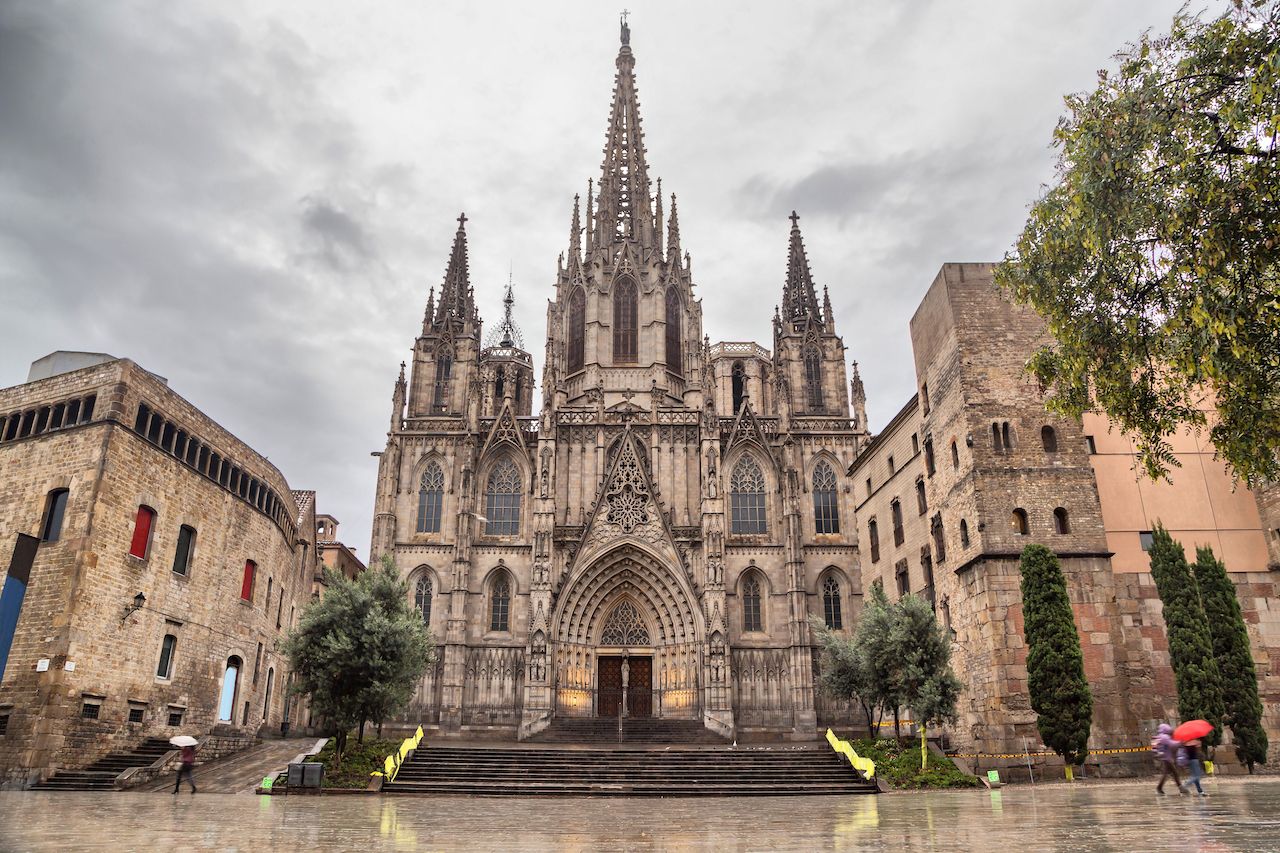
Photo: Sergey Dzyuba/Shutterstock
Barcelona Cathedral — Not to be confused with the Sagrada Familia, this grand Gothic church is one of Barcelona’s landmark buildings. It’s more traditionally Catholic in design, and it’s actually the seat of the Archbishop of Barcelona. Even if it isn’t quite as popular as Gaudí’s church, there will still be lots of tourists visiting, so come early to beat the crowds.
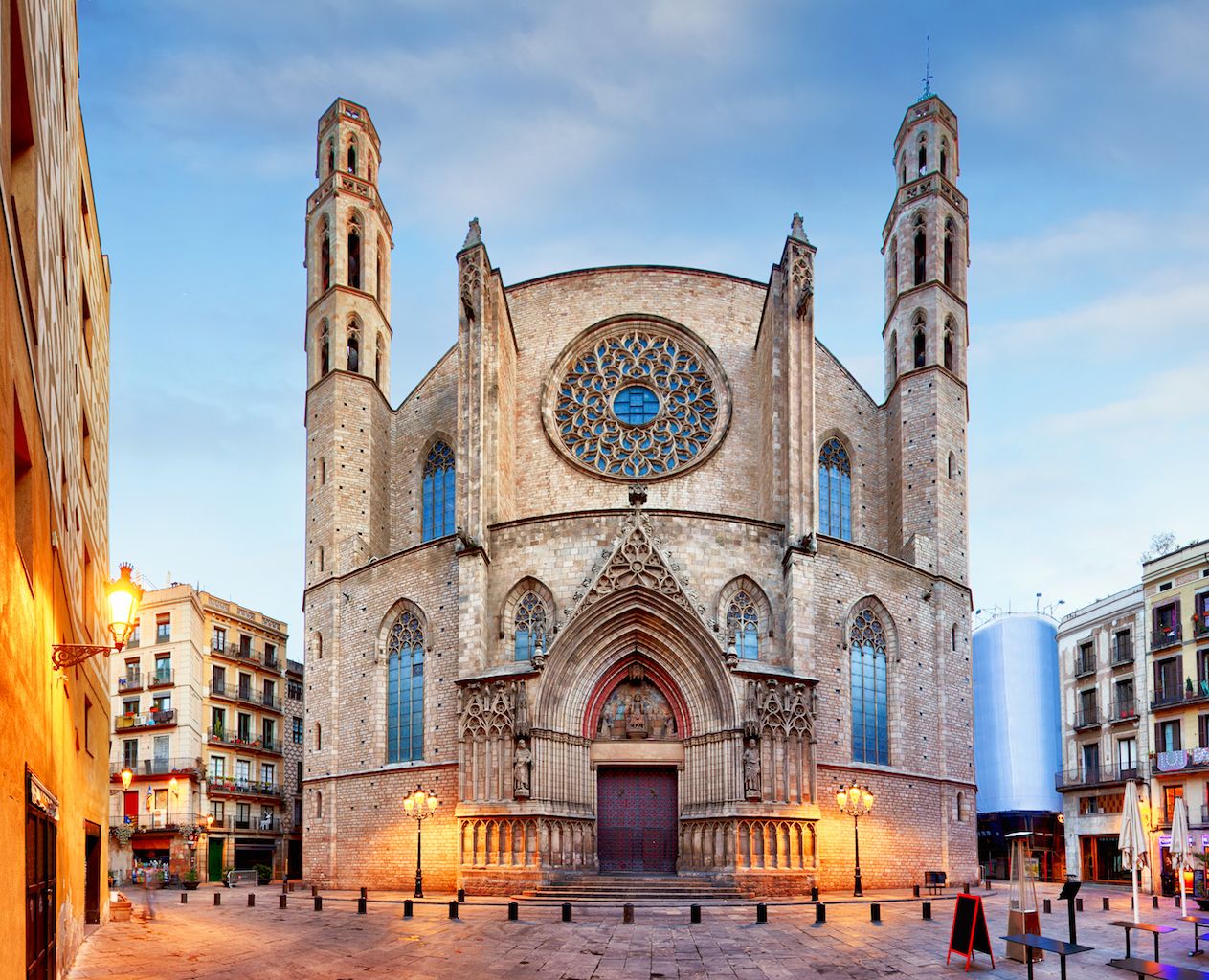
Photo: TTstudio/Shutterstock
Santa Maria del Mar — This is the second most popular cathedral in town. Part of the church’s appeal is its location on a square in the middle of El Born, reachable only via narrow pedestrian streets. It may not seem as lavish as other churches on the outside, but the inside is still impressive and is far calmer. It’s actually a peaceful place to go to mass, should you be interested in doing so.
Picasso Museum — Even people who know next to nothing about art know Picasso’s name and signature style. Art enthusiasts and the casually curious alike should come here to look at some of Picasso’s early works. You can also see a room full of his interpretations of Las Meninas, as well as paintings from his French period. Pro tip: You can enter for free every Sunday after 3:00 PM.
Fundació Joan Miró — Joan Miró joins Pablo Picasso and Salvador Dalí as the three most famous Spanish artists of the 20th century. The Barcelona native was famous for his surrealist work, and his paintings and sculptures have a whacky, playful quality. This spacious museum is located in Montjuic, which is a lovely place to visit in itself. If you want an art museum to take the kids to, this one is a good choice.

Photo: TTstudio/Shutterstock
Montjuïc Castle — This old military fortress is a great spot to chill and soak in some history. It dates back to 1640 and has a commanding view of the city. Take a cable car up to the entrance (or walk, if you’re prepared to brave the hill), and have a look inside the castle to view its artifacts. Then, if you get bored of that, go play outside in the park or go for a stroll in the gardens. During the summer, you can also attend open-air movie screenings on the grounds.
Plaça d’Isidre Nonell — The key work of art here is Joan Fontcuberta’s “Kiss of Freedom” mural, which, from afar, looks like a tight shot of a couple in a lip lock, but closer inspection reveals many small mosaics that show photos of people kissing. It’s meant to promote peace and love.
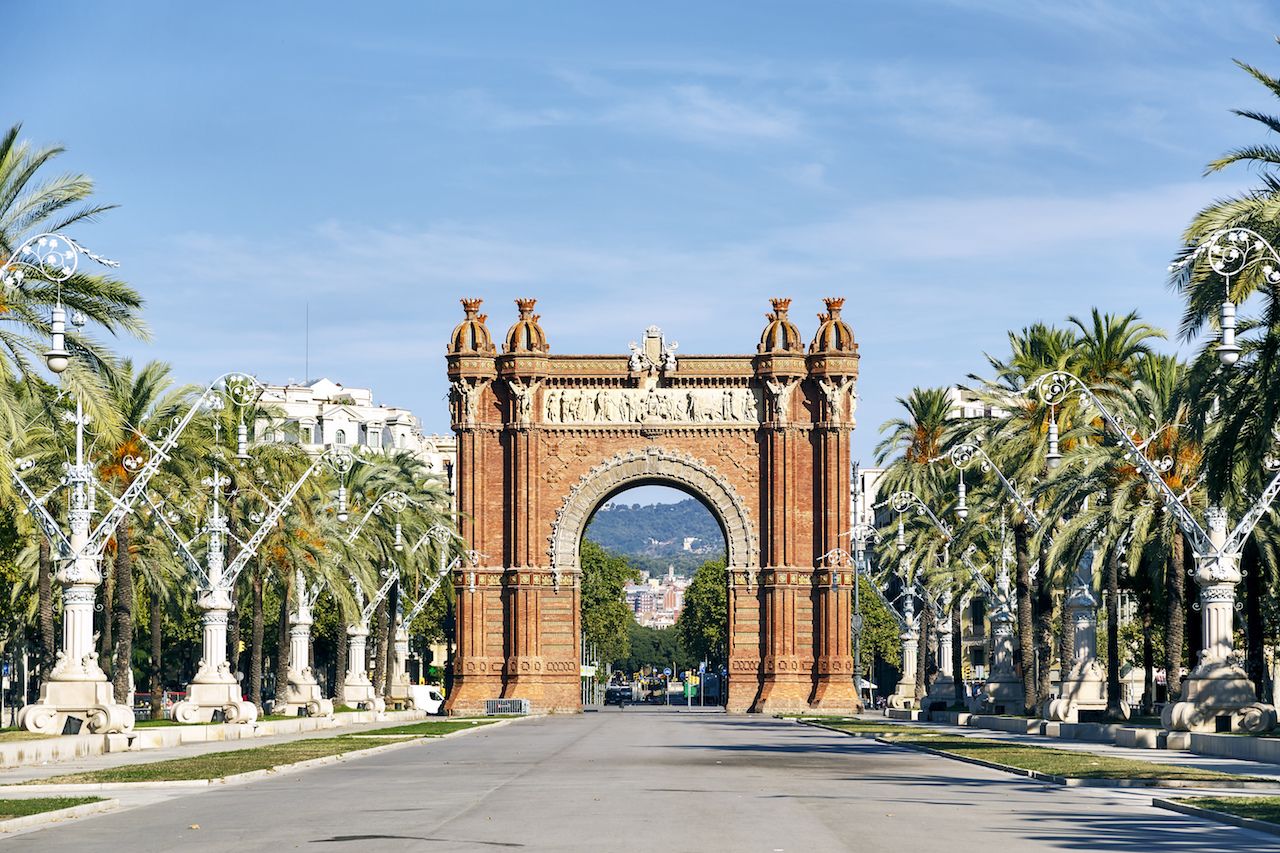
Photo: KarSol/Shutterstock
Arc de Triomf — Most cities have one, and Barcelona is no different. Our Arc de Triomf is a really nice area to hang out, skateboard, or watch some street performers -— especially the guys who make giant soap bubbles, which draws both kids and adults alike.
Casa Milà — This building was constructed for wealthy merchants back in the modernist era and was later transformed into a museum. You can tour the stylish 20th-century apartment and climb the stairs all the way to the top to check out the human-like structures. In the summer, there’s an open-air concert up here, which is quite nice and elegant.
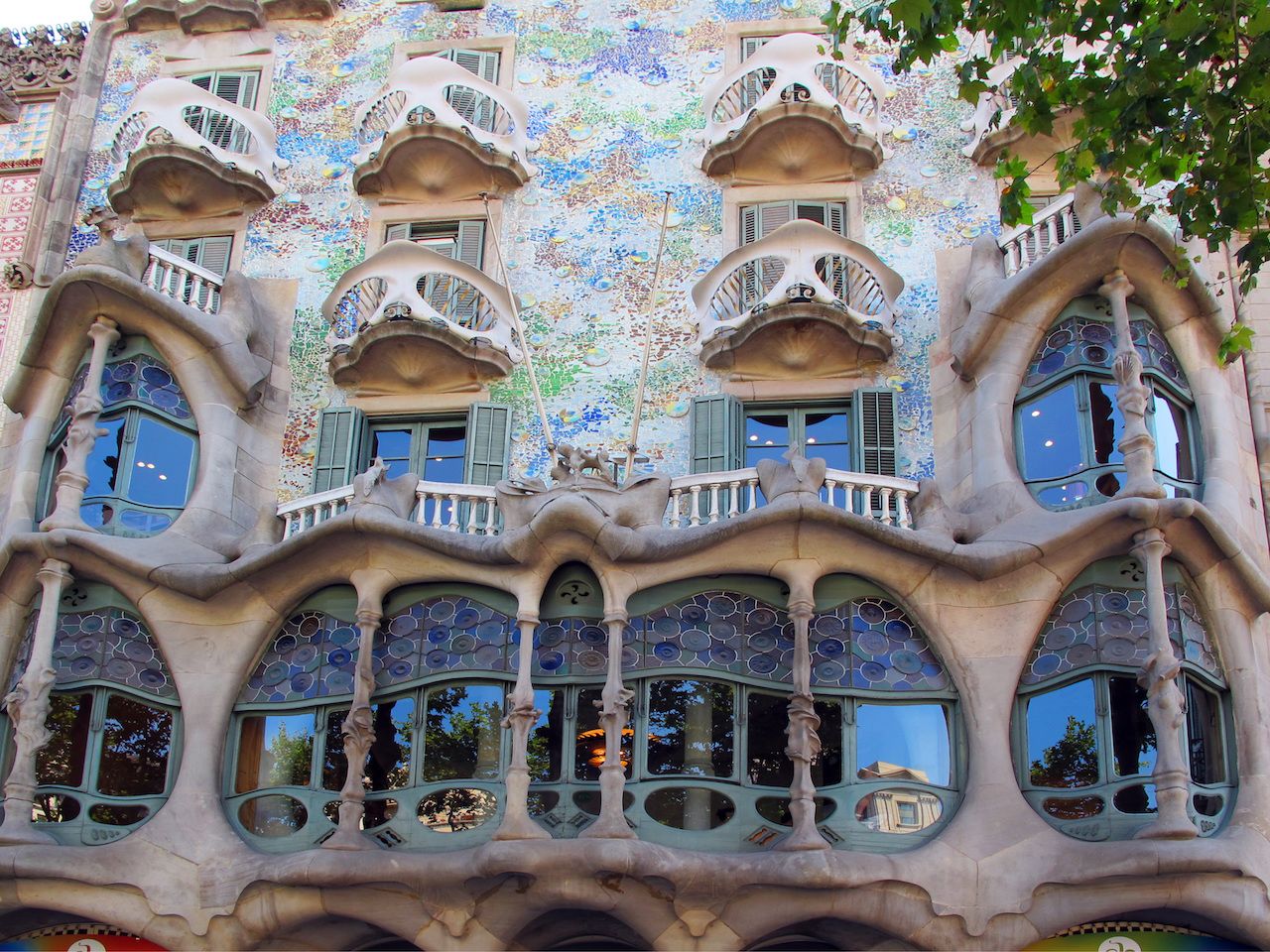
Photo: Dunaeva Natalia/Shutterstock
Casa Batlló — This multi-colored building on Passeig de Gràcia, one of Barcelona’s busiest shopping streets, looks like it was decorated for Halloween. Columns resembling either bones or gnarled branches, undulating lines, and loopy stained glass are among its bizarre flourishes. As you contemplate it from outside, the sidewalk tiles that you’re standing on have been designed by Gaudí. You could go inside, but, if there’s a line, it’s not really necessary. Gaudí’s work is all over the city.
Passeig Maritim — Stroll along the sea at Passeig Maritim and check out “L’Estel Ferit” (known as “The Wounded Shooting Star” in English), an art piece by Rebecca Horn simply referred to by locals as “the Cubes.” The house-like sculpture serves as a popular meeting spot on the beach.
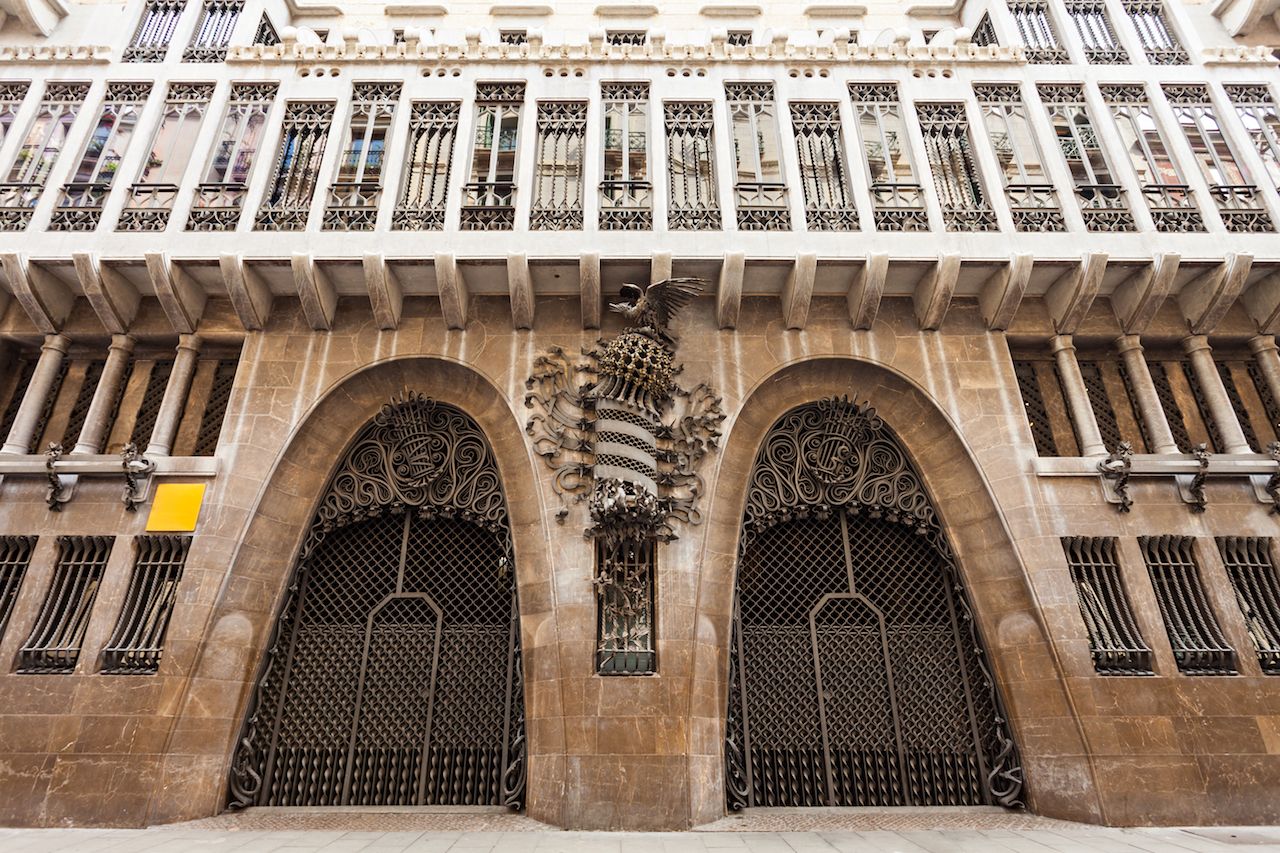
Photo: saiko3p/Shutterstock
Palau Güell — Palau Güell was the in-city house that Gaudí designed for the Güell family, as opposed to the out of the way retreat at Park Güell. As with Casa Vicens, Gaudí had not yet developed the fantastical style that made him famous, but the house shows his first moves in that direction. Moreover, it’s an intriguing look into how Barcelona’s wealthiest families lived in the 19th century.
Palau de la Música Catalana — The music somehow sounds better in here. The bold modernist architecture and relatively small space make it a cool place to hang out. Besides symphony music and opera, the Palau showcases flamenco dances, Spanish guitar players, and exceptional international artists. Even if you haven’t scored tickets to a show, you can still get a one-hour guided tour of the building for 20 euros.
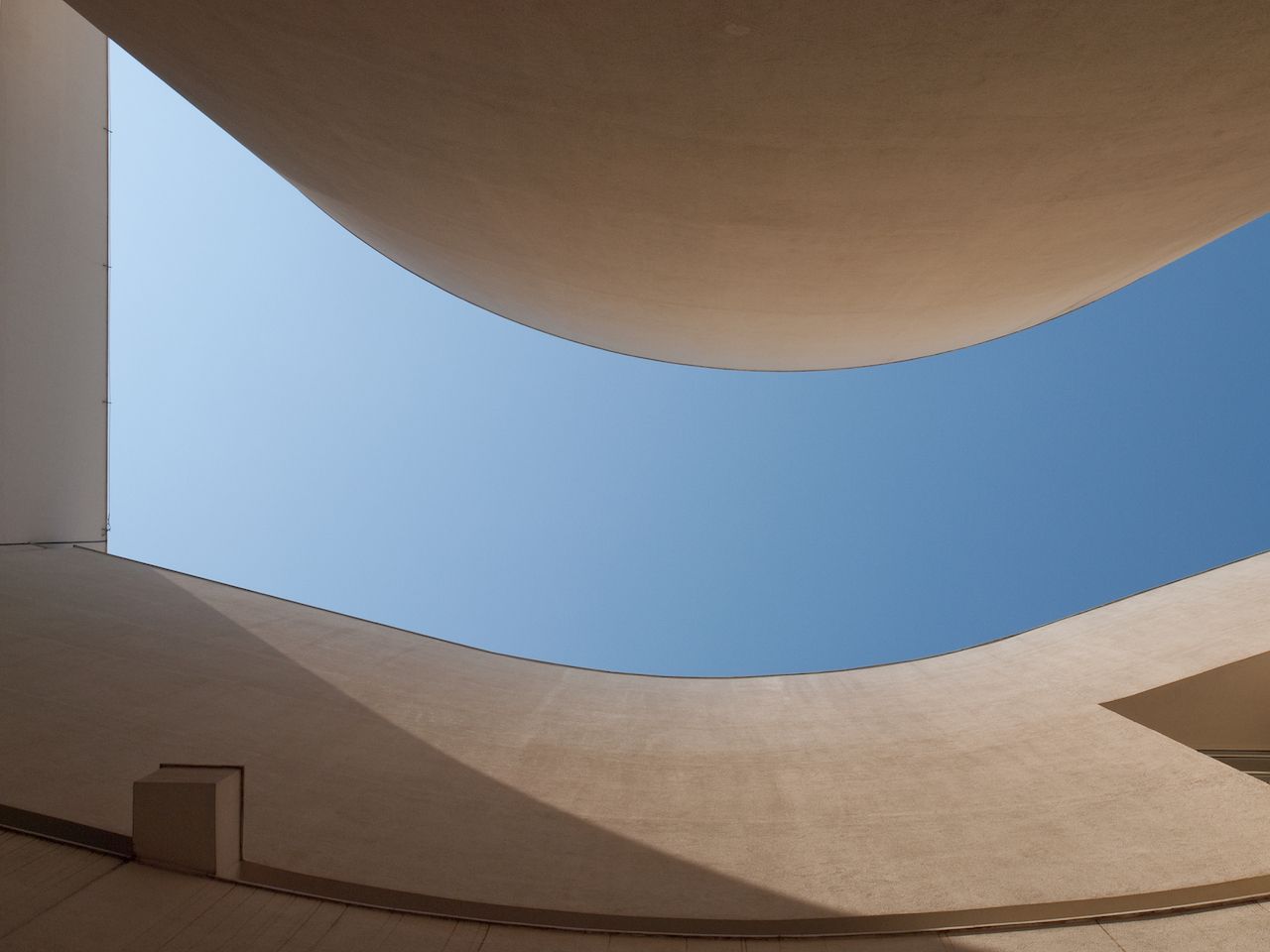
Photo: Teo Stuivenberg/Shutterstock
MACBA — The collection here is less extensive than you’ll find in the modern art museums of other major cities, but MACBA has some interesting temporary exhibits. MACBA is actually best known for the dozens of skaters showing off at the square right in front of it — they do some sick tricks.
Casa Vicens — Opened in 2017 after an extensive restoration, Casa Vicens was the first house that Gaudí designed. A wealthy stockbroker commissioned Gaudí to build this as a summer house in what is now the Gràcia neighborhood. Gaudí’s style was more restrained then, but the architecture is still unusual and the garden is lovely.
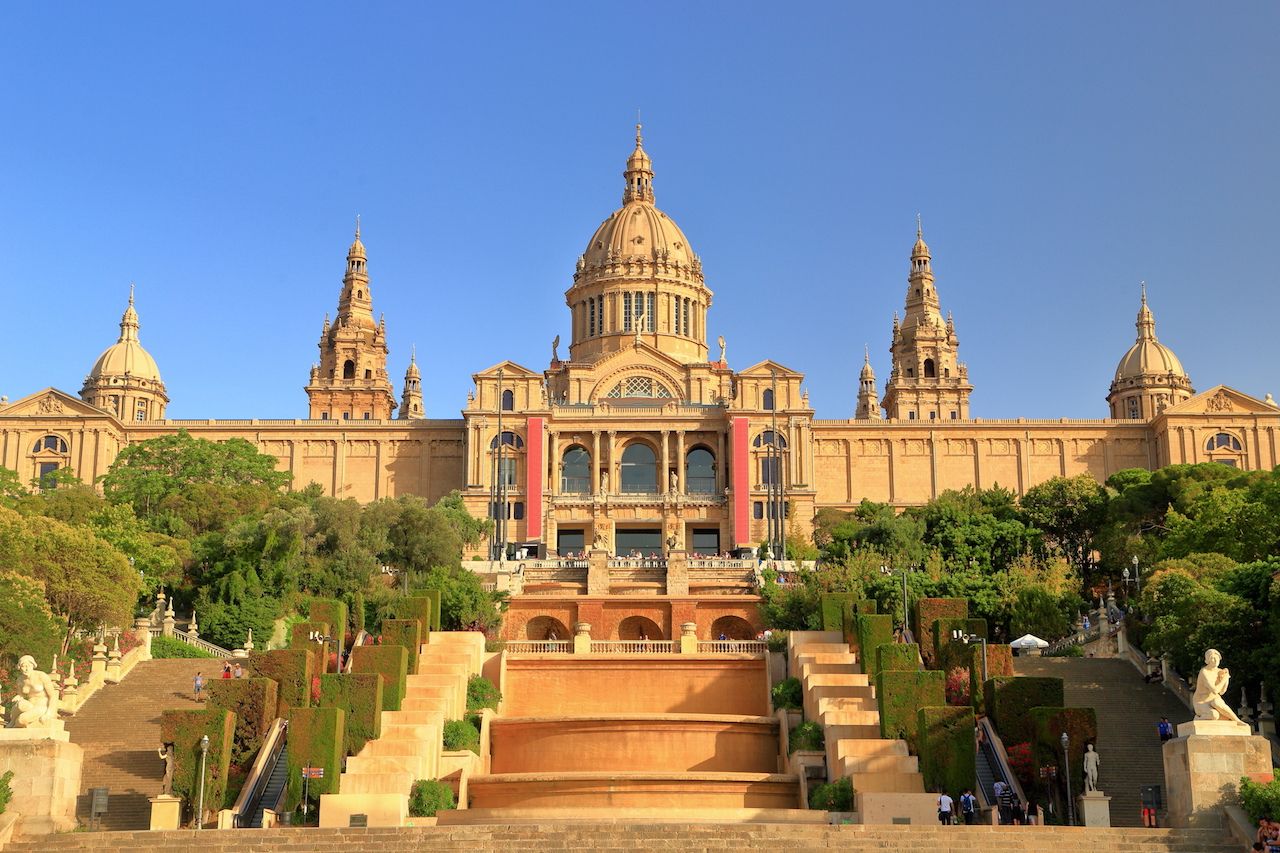
Photo: Inu/Shutterstock
Museu Nacional d’Art de Catalunya — This museum’s name, National Art Museum of Catalonia, gives you a sense of the region’s separatist aspirations. While it’s no Prado, it does have an impressive collection of classical art. The location of this building, unabashedly called the Palau Nacional (National Palace), does beat that of Madrid’s big museum. Sitting atop Montjuïc, it offers a view back toward Barcelona and Tibidabo mountain that you don’t get from many other vantage points.
Pedralbes Monastery -– This 14th-century monastery in the leafy Pedralbes neighborhood has beautiful grounds, medieval murals, and a museum with European art from the 16th to 20th centuries. You can get here on public transportation, but it’s far enough from the center of town to never get too crowded. Behind the monastery, you can find a trail that leads you up to Carretera de les Aigües.

Photo: Natalija Sahraj/Shutterstock
El Gato — This Fernando Botero sculpture of a well-fed cat has become an icon of El Raval. And it’s one of the few public works of art that you can go ahead and climb on.
MUHBA Plaça del Rei -– This place is hard to locate, both online and in the real world, but it’s worth the effort. It’s one of several far-flung sites that are collectively managed by MUHBA, the Barcelona City Museum. Once you ask for directions and find the real thing, stairs will take you underground, where you’ll tour the remains of an actual Roman city. That city and earlier settlements before it were buried over the centuries by silt that has continuously extended Barcelona’s shoreline. You’ll see where the Romans lived, worked, and made wine more than 2,000 years ago.
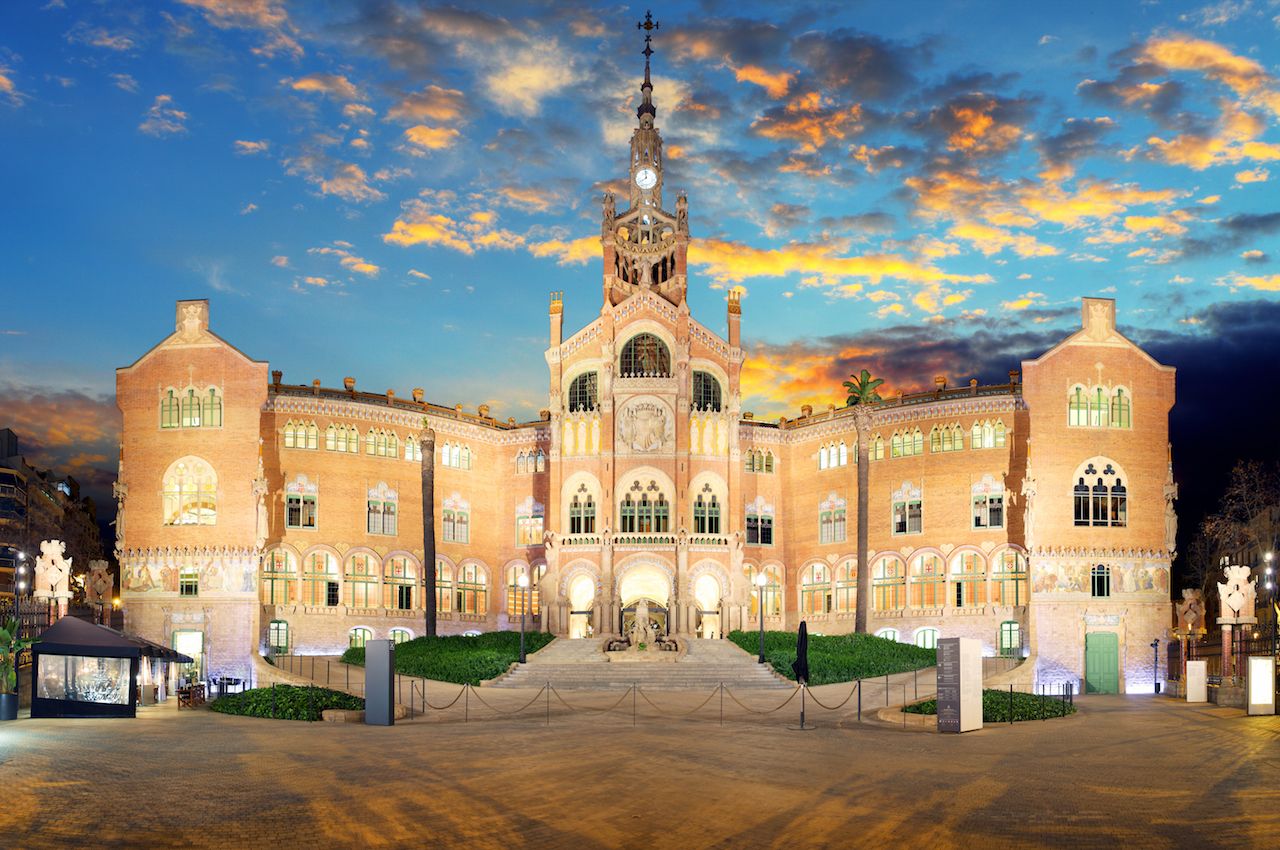
Photo: TTstudio/Shutterstock
Hospital de Sant Pau — Barcelona is so architecturally exciting that even a hospital is a bonafide piece of art. The modernist Hospital de Sant Pau is both a functioning hospital and a popular place for tourists to snap photos. If you research online, you can find the best to tour the building on your own.
Erotic Museum of Barcelona – Walking midway down Las Ramblas, look to your left and you’ll see a guy dressed as Marilyn Monroe waving at people. This is the quirky sex museum. The objects inside are more humorous than educational, but a visit comes with a glass of Champagne — so it can be an amusing way to spend an hour.

Photo: A G Baxter/Shutterstock
Agbar Tower — You’ve got to wonder if the architect who designed this really meant it to look like a geyser. It’s shaped like the Gherkin in London. That’s what Brits call cucumbers, so you can gather what the building really looks like. It’s just an office building, but it’s a noticeable part of the Barcelona skyline and the entire facade is lit up in vivid colors at night.
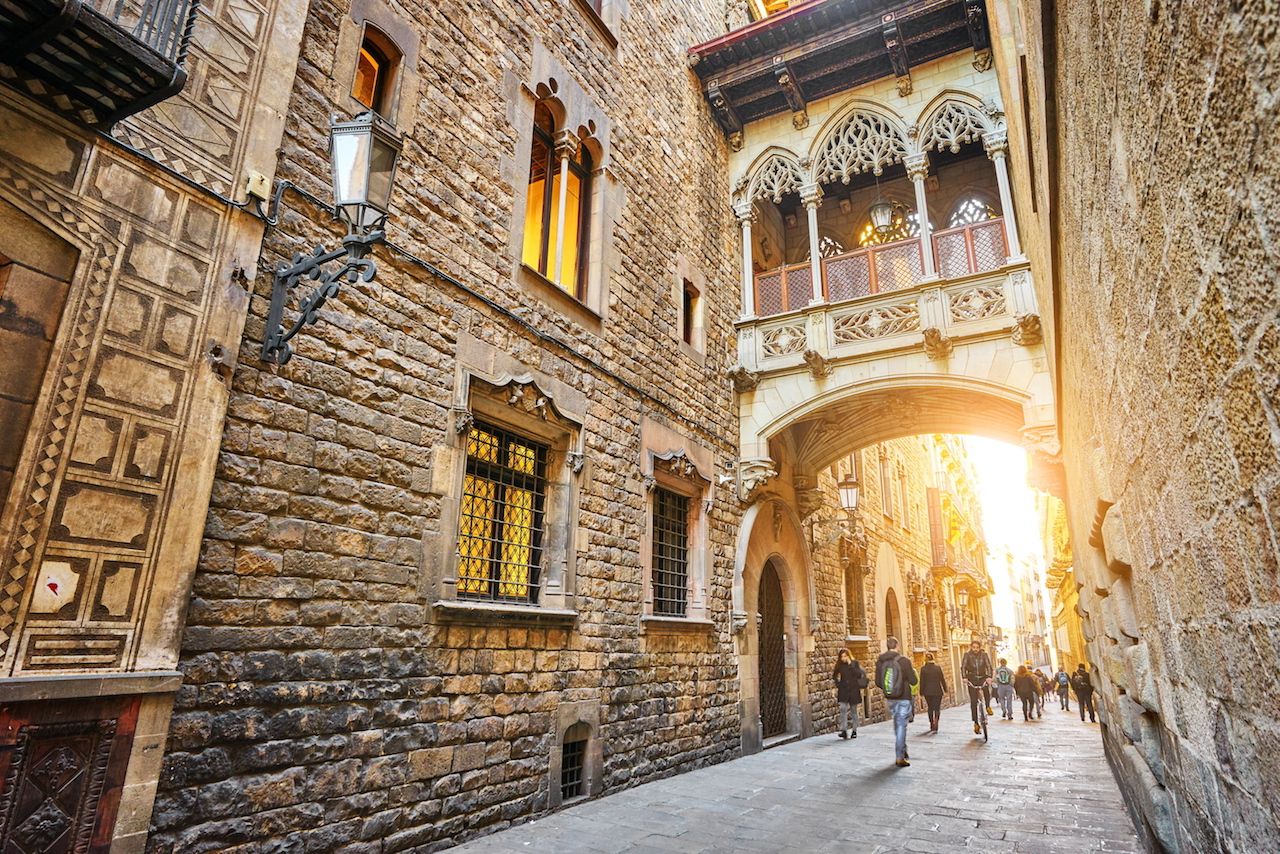
Photo: John_Walker/Shutterstock
Carrer del Bisbe — Stroll down this pedestrian lane when you’re out visiting the Gothic area. Look up and you’ll see the Pont del Bisbe, an ornate bridge about 20 feet off the ground. It’s one of the most photographed spots in the neighborhood and, despite appearances, was actually built in the 1920s.
